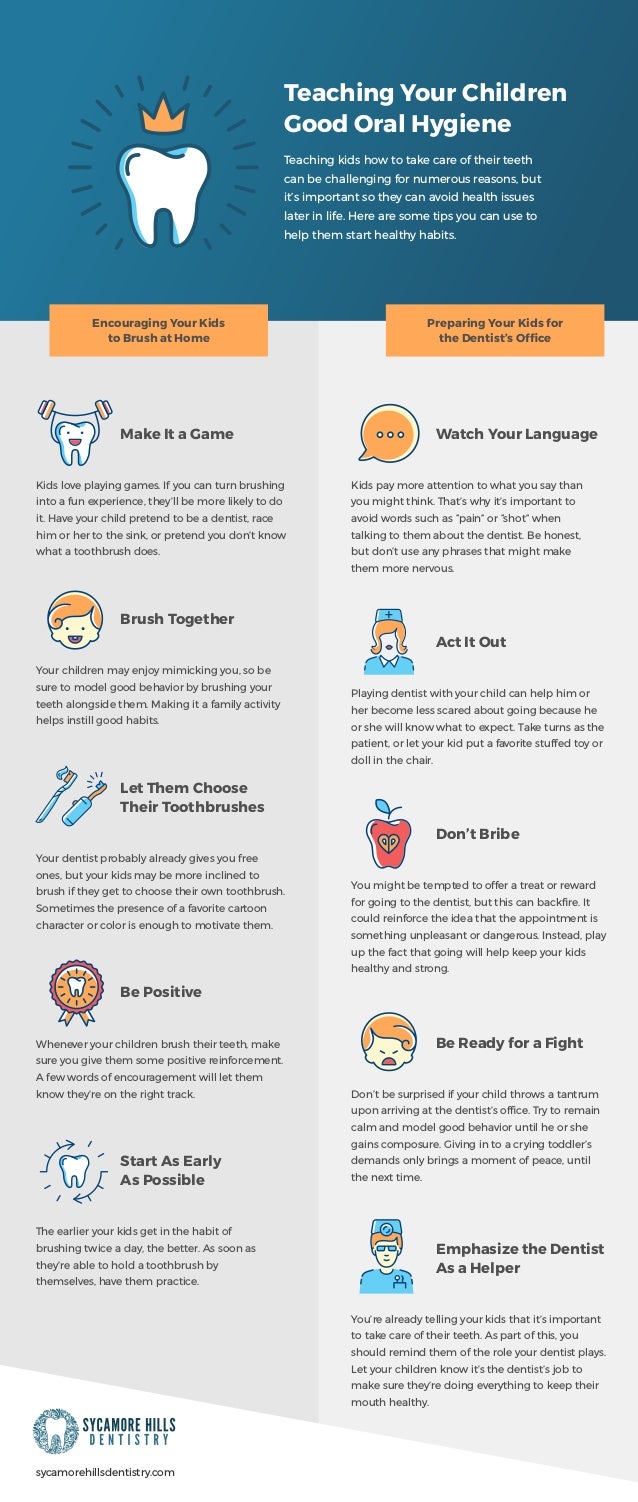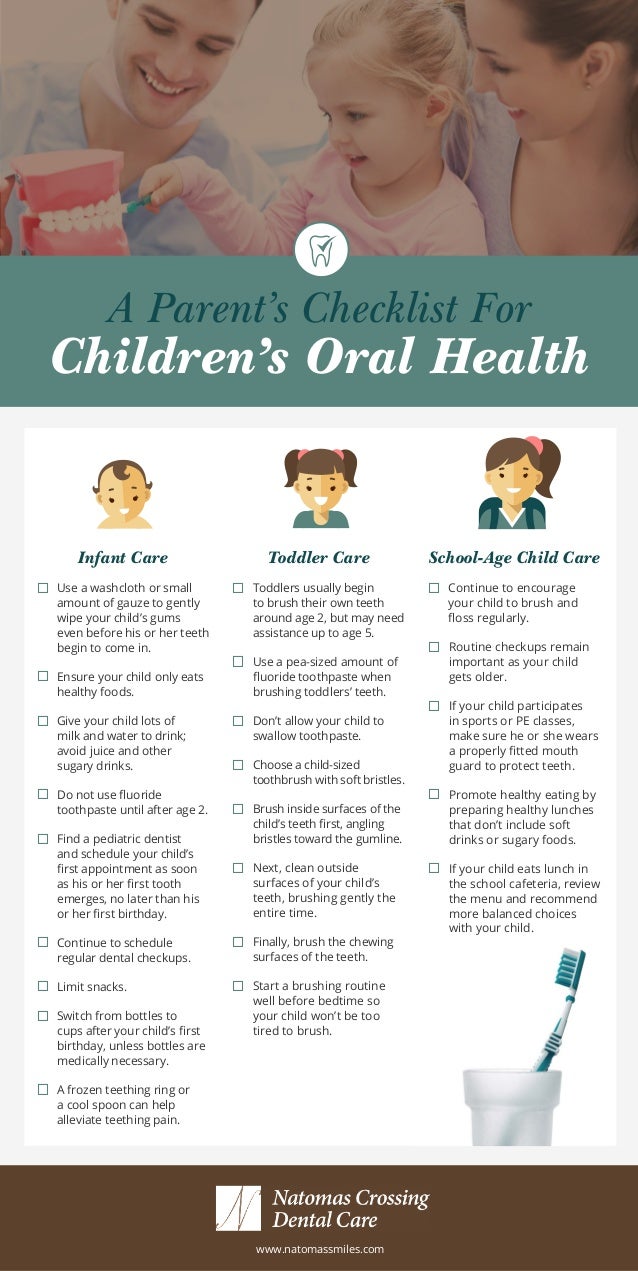Every parent knows the daily struggle of convincing their children to embrace the twice-a-day tooth brushing routine. The battle for dental health is a real challenge, but one that must be won. It is the efforts of parents in these formative years of a child’s life that will influence the likelihood of these practices or habits sticking for a lifetime of strong, healthy teeth.
As any parent can attest, persuading kids to tackle chores is a daunting task. This is especially true when it comes to the vital habit of regular tooth brushing. To add to the challenge, many young ones find visits to the dentist or pediatrician a source of fear and anxiety. However, there are effective tips and strategies that can ease the process of instilling good oral hygiene habits in your children.
Motivating children to brush regularly may require a bit of creativity, but it can make all the difference in convincing them that it’s a habit important enough to do. By incorporating positive reinforcement and adopting strategies tailored to your child’s needs, you can ensure that they take better care of their teeth now and throughout their lives.
For more valuable insights and techniques to help your child improve their brushing habit and overarching dental hygiene, read on to the accompanying infographic.
Teaching Your Children Good Oral Hygiene provided by Sycamore Hills Dentistry, your first choice for a family dentistry fort wayne





